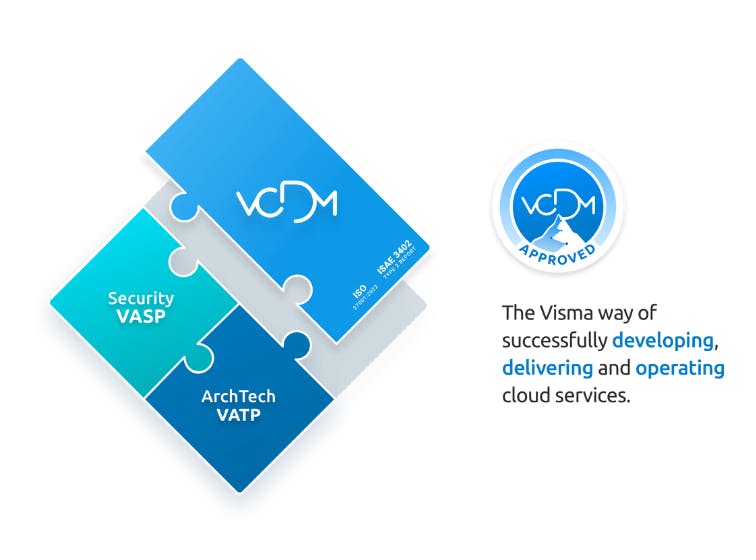Article
A beginner's guide to APIs
24/11/2024
min read
Innovation and development

Connectivity has revolutionised how we live, work, and interact. Today, we expect seamless access to anything, anytime, from anywhere. But have you ever wondered:
- How do apps share data and work together effortlessly?
- What makes devices from different brands connect and communicate?
- How is it possible to book a flight or order food in just a few taps?
The answer is APIs.
What is an API?
"API" stands for Application Programming Interface. In non-technical terms, an API is a bridge that connects two systems. It allows one app to request specific data or functionality from another app, while ensuring the exchange is smooth, secure, and limited to what’s needed. For example, when you use a weather app, the app communicates with a weather service’s API to fetch real-time data for your location.
Why do APIs matter?
To put it plainly: the digital world we know today wouldn't exist without APIs. On the product side, they simplify development, save time, and enable innovation because developers can use APIs to integrate ready-made tools instead of building them from scratch.
On the customer side, they ensure smooth interactions across the dozens of apps we use daily. APIs make it possible for customers to book a trip, check their bank balance, or get personalised recommendations – all without needing to understand the complex systems working behind the scenes.
That's a huge value-add on both sides.
You might also like: 5 API trends we're seeing in 2024

Types of APIs
APIs come in different flavours, depending on what they’re designed to do and who they’re meant to work with. Some are open for anyone to use, while others are more exclusive for internal teams or trusted partners. Understanding the different types of APIs helps you see how they fit into everything from everyday apps to complex business systems. Let’s take a look at the main categories and how they’re used:
Web APIs
Web APIs allow apps to interact over the internet, often using REST or GraphQL protocols. The Google Maps API is a good example. It allows developers to embed custom maps into websites and apps.
Open APIs
Open APIs are publicly available for developers to integrate into their products. The Spotify API allows developers to integrate music streaming, playlists, and search functionality into their apps. It provides public access to features like song metadata, playlists, and user-specific data (with permission), enabling a wide range of third-party music apps and services.
→ Browse our catalogue of Open APIs
Private APIs
Private APIs are used internally within a company to improve efficiency. For example, a company might have a private API that connects its sales system to its inventory database, allowing real-time updates and streamlined operations without exposing the data to the outside world.
Partner APIs
Partner APIs are shared between trusted partners to facilitate business collaboration. For instance, a retailer might integrate a shipping provider's API into their platform to handle logistics, but only after forming a partnership with that provider.
Read more: Transform your business with APIs

The future of APIs
APIs are constantly evolving, with exciting new developments on the horizon, especially in the realm of AI. Currently, AI APIs like OpenAI’s GPT and Google Cloud AI are making it easier for developers to integrate advanced AI functionalities into apps, such as natural language processing, image recognition, and machine learning predictions.
Looking ahead, AI-powered APIs will become more accessible and efficient, enabling even more innovative solutions, from voice assistants to predictive analytics. And as AI continues to evolve, APIs will be at the heart of the next wave of technological breakthroughs, offering even smarter, more dynamic tools for developers and users alike.
Stay tuned!

Want to explore our current offering of Open APIs?
Voice of Visma
Welcome to the Voice of Visma podcast, where we sit down with the business builders, entrepreneurs, and innovators across Visma, sharing their perspectives on how they scale companies, reshape industries, and create real customer value across markets.





















































































































































































































